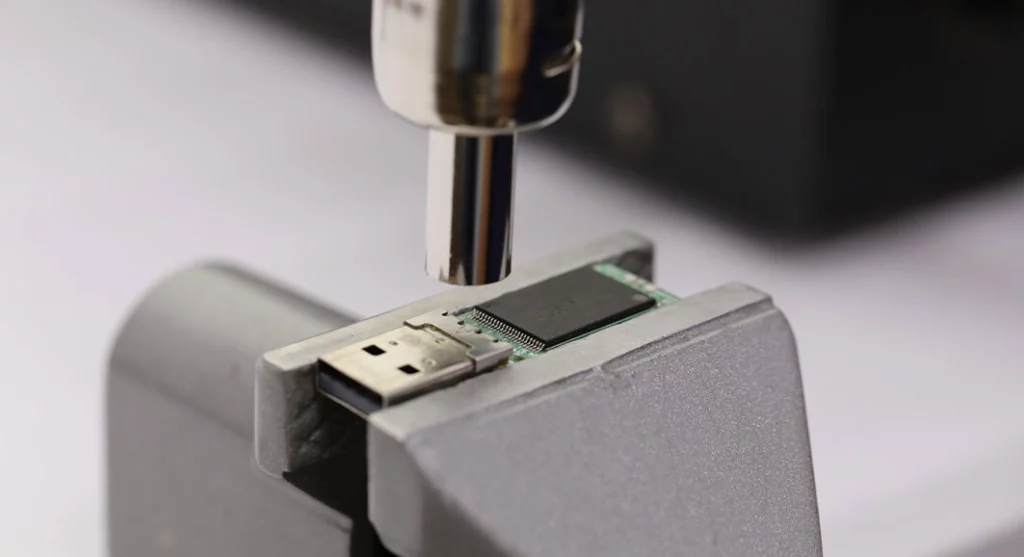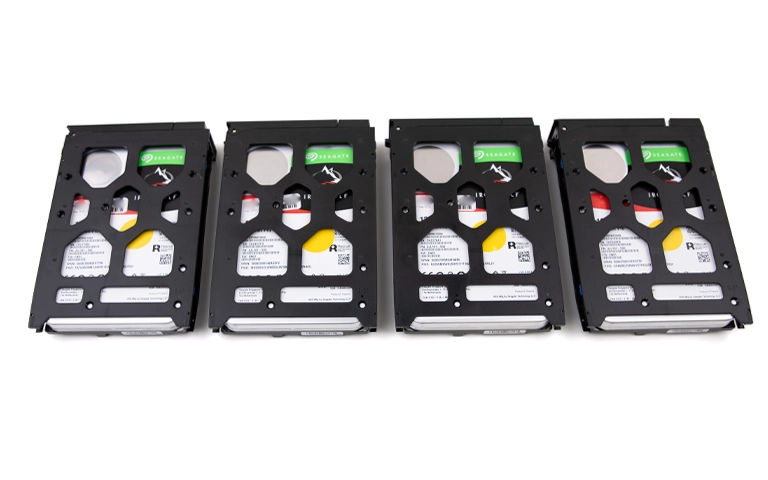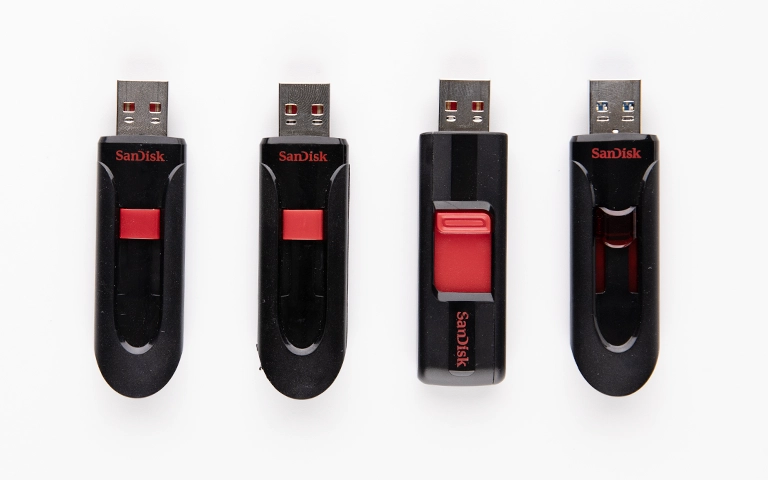If you have experienced a failed hard drive, SSD, RAID, or any other storage device, your first thought is likely, “How much will this cost to recover?” A quick online search will show dozens of ads promising flat-rate data recovery at low prices, sometimes as little as $300. However, in data recovery, cheaper is not always better. Choosing the right provider often determines whether your data is successfully recovered or permanently lost.
This guide explains how professional data recovery pricing works, why flat-rate shops offer limited value, how your data is kept secure during the process, and the difference between free and paid evaluation models.
Why Flat-Rate and Budget Data Recovery Services Often Fail
Flat-rate services operate on high volume and low effort. Their business model is based on attracting as many customers as possible with a low advertised price, completing quick recovery attempts, and moving on. The result is that every job receives minimal time and few resources.
At a typical flat rate of $300 to $500, you are likely getting:
- A brief diagnostic with no in-depth analysis
- No use of certified cleanroom environments
- No donor part replacement or hardware-level repair
- One or two quick recovery attempts
- No guarantee of proper security or handling
More complex failures, such as head crashes, firmware corruption, or SSD controller issues, require specialized tools, time, and expertise. Budget shops are not equipped for these cases and will often declare the device unrecoverable after a short effort. In many cases, this first failed attempt can make future recovery impossible.
What You Pay for with a Professional Data Recovery Lab
Reputable data recovery labs do not offer one-size-fits-all pricing. Instead, they evaluate each case based on the technical challenge, required tools, labor time, and recovery risk. This allows them to apply the proper techniques for each scenario and allocate skilled engineers and high-end equipment to maximize the chances of a full recovery.
A professional lab may:
- Disassemble a drive in a certified cleanroom
- Replace damaged read/write heads or circuit boards
- Use advanced tools to bypass firmware-level issues
- Image degraded sectors with controlled power profiles
- Manually reconstruct logical data structures
These services involve real cost. The pricing reflects the effort and investment needed to solve complex problems, not just to run software and attempt a quick fix.
The Real Cost of Data Recovery
Here is a general breakdown of professional pricing, depending on the type of failure:
Type of Recovery
Typical Price Range
Deleted Files or Logical
$300 to $600
Firmware Issues
$600 to $1.200
Mechanical Head Damage
$900 to $2,000 or more
SSD or NVMe Failures
$800 to $2,500 or more
RAID or Server Recovery
$1,200 to $3,500 or more
Each quote is based on:
- Time required for repair and imaging
- Specialized donor parts or tools used
- Engineer labor and experience level
- Type and severity of failure
Probability of successful recovery
The more difficult and resource-intensive the case, the higher the cost will be.
Get a Free Consultation.
Our recovery experts are ready to assess your device and guide you through the safest path to recovery. Fill out the form to get started.
"*" indicates required fields
Why Data Value Does Not Equal Recovery Price
Many customers assume that if their data is personally valuable, the service should be affordable. Photos, tax files, or business records may feel priceless to the owner. However, data recovery pricing is not based on emotional value. It is based entirely on how much work it takes to recover the data.
A logical recovery of deleted files may be fast and inexpensive. But a physically damaged hard drive with internal platter damage may require donor parts, cleanroom work, and hours of careful imaging. Even if the end result is only a few files, the cost reflects the technical journey to retrieve them, not how you personally feel about them.
The Hidden Cost: Protecting Your Data Privacy and Security
One of the most overlooked but important components of professional data recovery is data security. During recovery, technicians have full access to everything on your drive. Reputable labs take this responsibility seriously and invest heavily in privacy protections.
These include:
- Network-isolated recovery workstations
- Encrypted data storage during and after recovery
- Controlled physical access to lab equipment and media
- Secure erasure of all recovered data after final delivery
- Employee background checks and access logs
Compliance with GDPR, HIPAA, and other data protection regulations
This level of security requires substantial investment in infrastructure, training, and compliance. Flat-rate and budget services often skip these protections because they cost money and take time. That puts your sensitive personal or business data at risk.
Professional recovery labs charge more because they must include these protections in every case, ensuring that your data is not only recovered, but also kept safe and private throughout the entire process.
Your Data Security Is Our Priority
Data privacy isn’t optional. It’s our commitment. Our secure recovery process ensures your sensitive information stays protected from start to finish.
HIPAA Compliant
GDPR Compliant
Secure Facility
NDA Available
Trust in certified security. Start your recovery today! Call Now: 888.611.0737
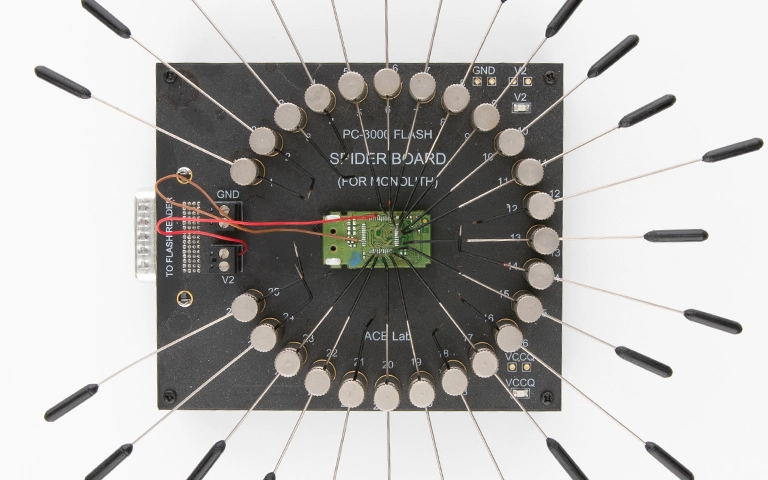
Free Evaluation vs. Paid Evaluation: Which Is Better?
Another important pricing factor to consider is the evaluation model used by the recovery provider. Many labs offer free evaluations, while others charge a paid diagnostic fee. Each model has pros and cons depending on your needs.
Free Evaluations
Free evaluations are attractive for customers who want to understand the issue before committing to service. This model is often used to remove barriers for people shopping around for quotes.
However, free evaluations are often:
- Rushed or superficial
- Performed by entry-level staff
- Not backed by detailed diagnostics
- Limited in scope and time
Since the lab is not being paid, they usually allocate minimal resources to the evaluation itself. Some may even pre-qualify you for their service range based on a basic inspection rather than a full analysis.
Paid Evaluations
Paid evaluations typically range from $50 to $150 and include:
- Comprehensive diagnostics and testing
- Time spent by senior engineers
- Detailed reports and recovery feasibility
Transparent quote based on real analysis
A lab that charges for evaluation is often more serious about accuracy and long-term success. The fee also ensures that your case gets the time and attention it deserves, especially if it involves complex firmware, physical damage, or RAID architecture.
If your data is critical, choosing a lab with a paid evaluation may improve your overall recovery outcome. You are paying for a deeper look and a more accurate understanding of your device’s condition.
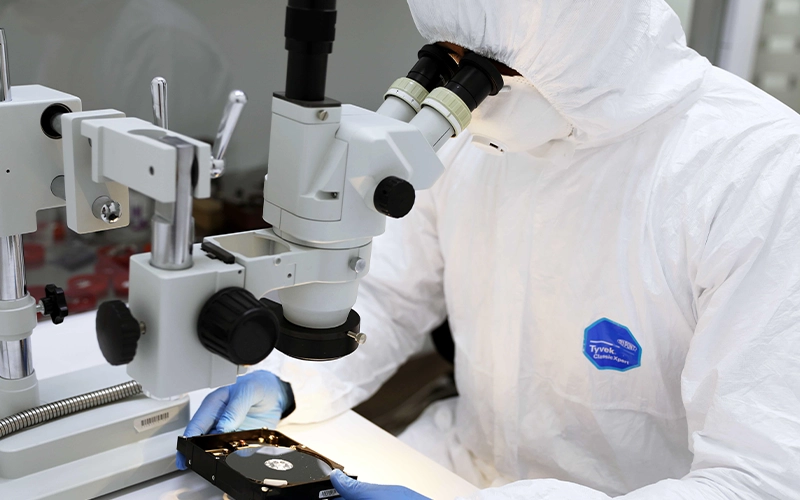
Final Thoughts: Choose Results, Not Just Price
When you are facing data loss, it is tempting to choose the least expensive option. But in data recovery, a low price often means minimal effort, low success rates, and no protection for your private information. Flat-rate services are designed for fast turnover, not complex engineering or secure handling.
Professional labs charge more because they invest more. They use certified cleanrooms, advanced equipment, experienced engineers, and strict data security protocols. Their pricing reflects the reality of the work and risk involved in high-quality recovery.
If your data is important, choose a provider that takes recovery and security as seriously as you do. Ask about their process, their evaluations, and how your data is handled. The cost may be higher, but so are your chances of getting your data back safely and securely.
Don't Let Data Loss Ruin Your Business
Minimize business disruption. We retrieve lost data fast, so you can focus on what matters.



